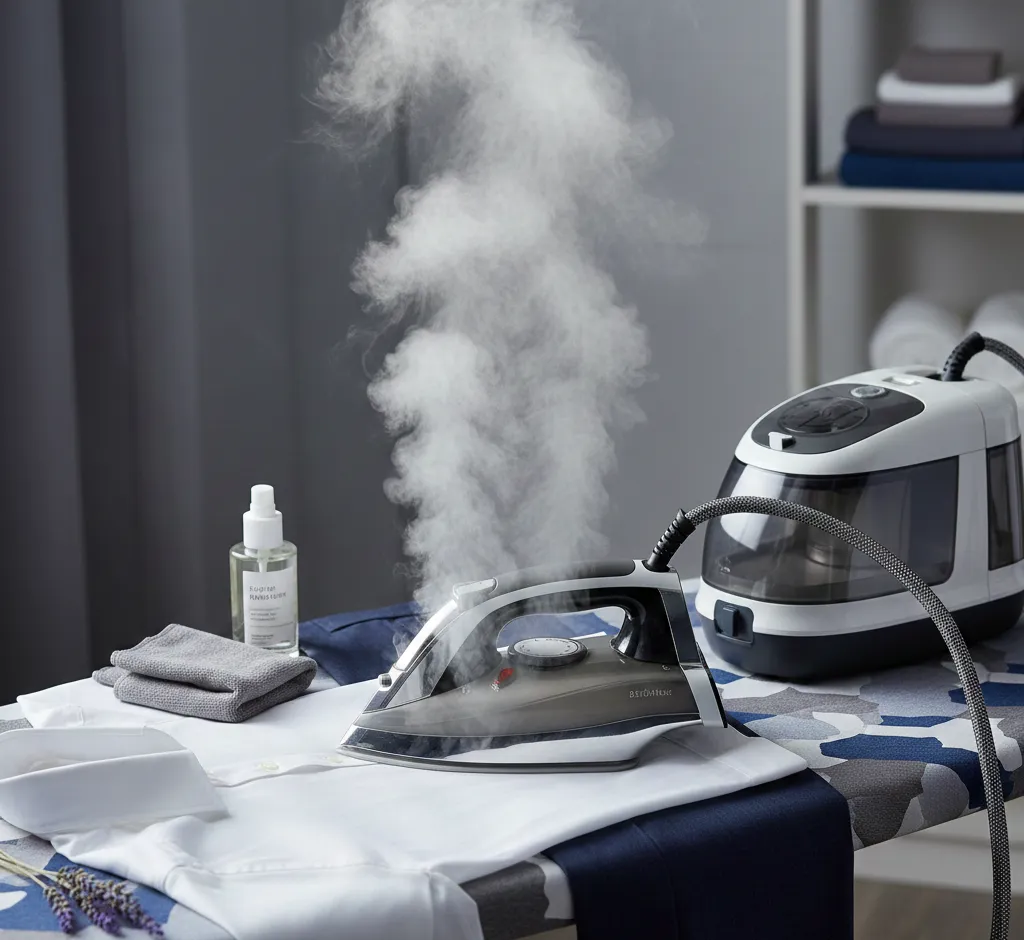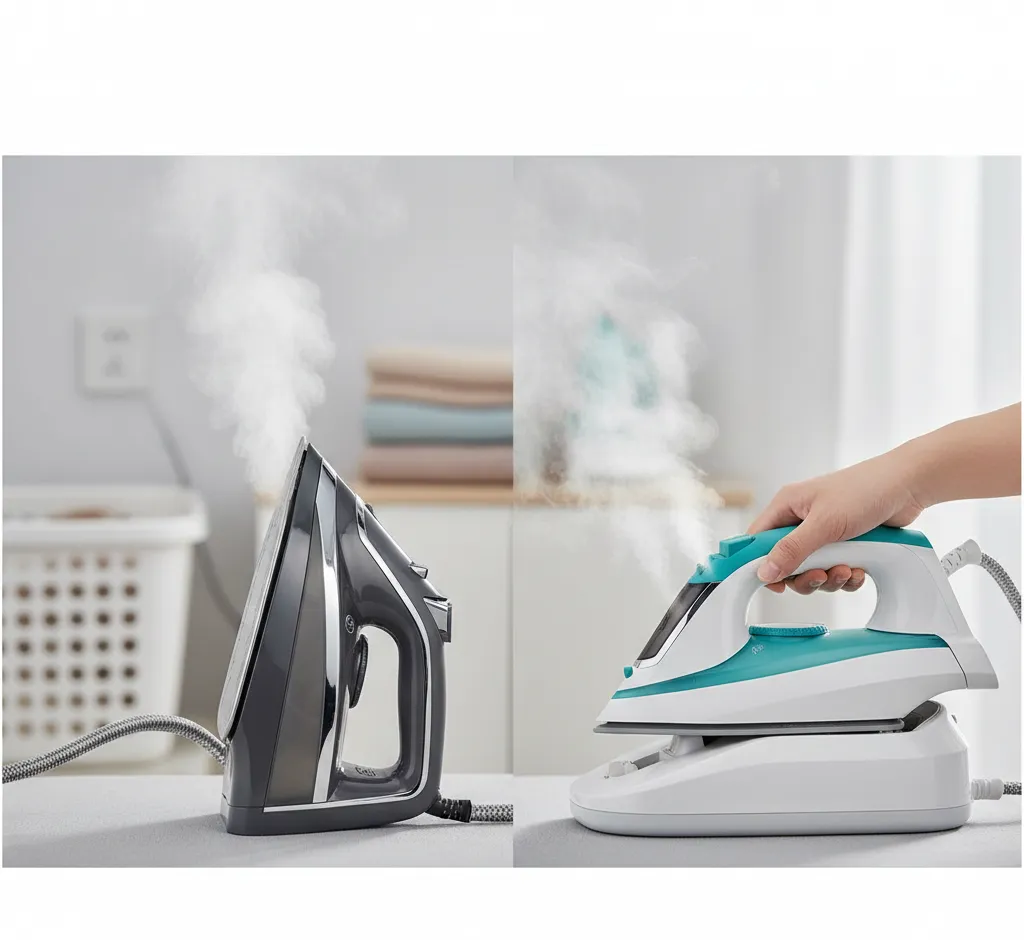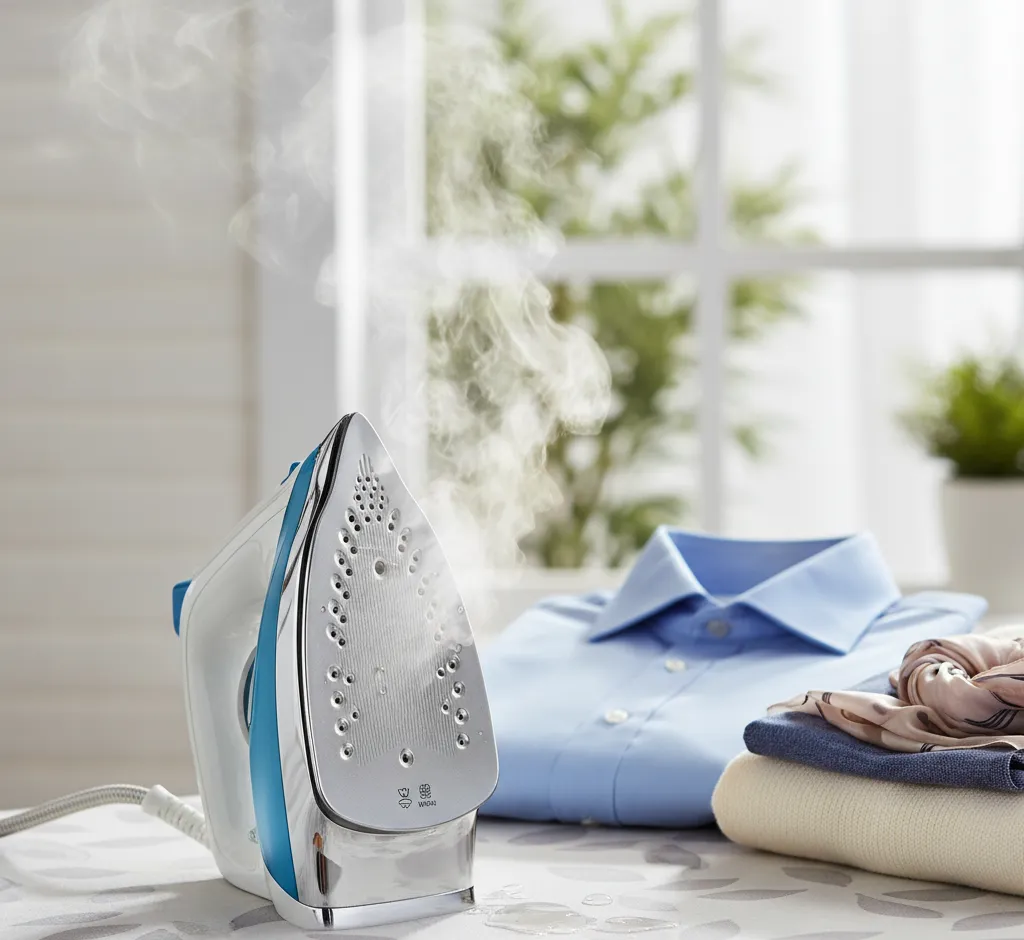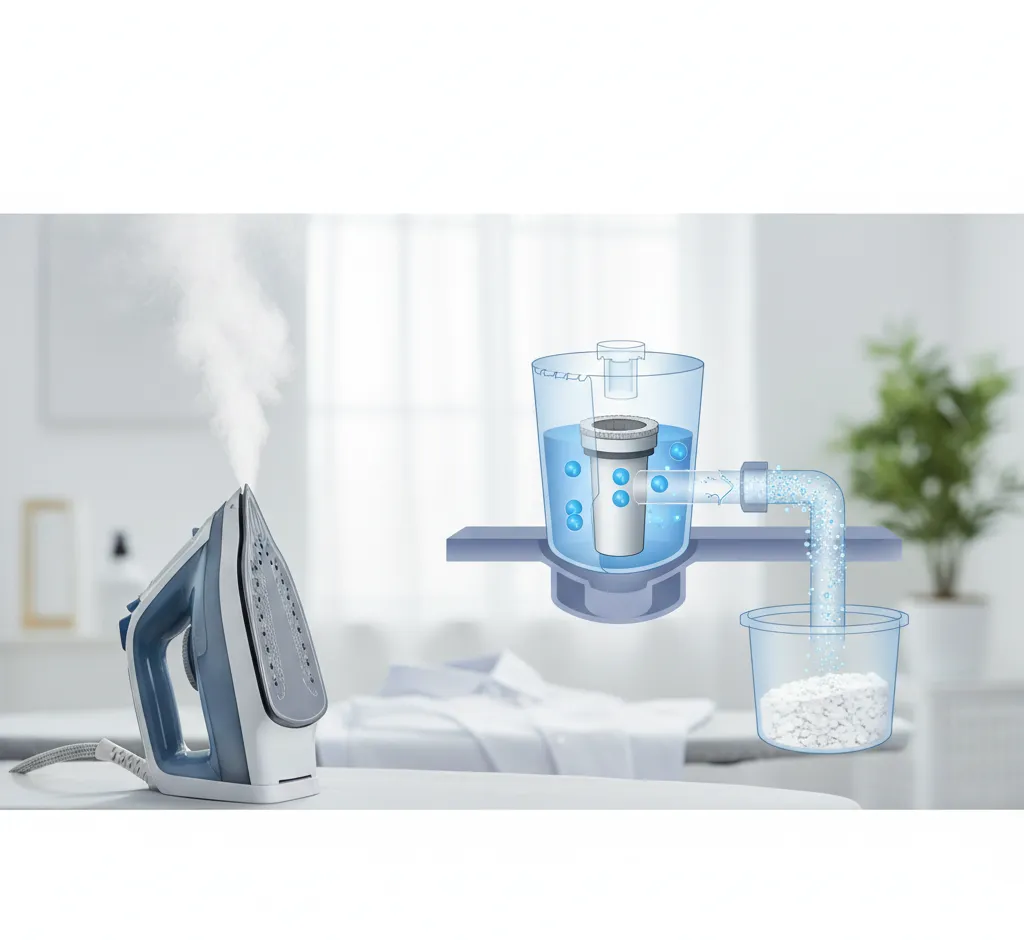Choosing the Ultimate Steam Iron: Your Guide to Professional Results at Home
A detailed guide on choosing the best steam iron or steam generator for professional, crisp results at home. Learn about wattage, soleplate materials, steam output, and essential safety features.

Choosing the Ultimate Steam Iron: Your Guide to Professional Results at Home
Achieving that crisp, smooth, and professional finish on your clothes doesn't require a trip to the dry cleaner or a commercial-grade laundry setup. With the right **steam iron**, you can effortlessly banish wrinkles, restore fabric luster, and prolong the life of your wardrobe right in your own home. But with a vast array of models on the market—from traditional steam irons to powerful steam generator systems—how do you choose the one that delivers truly professional results? This comprehensive guide breaks down the essential features and considerations to help you make an informed decision.
The Power Duo: Steam Iron vs. Steam Generator
Your first decision is selecting the type of iron that best suits your needs:
- Traditional Steam Iron: This is the classic appliance, compact and relatively lightweight, with the water reservoir integrated into the iron's body. It heats water to produce steam directly through the soleplate. Modern versions offer excellent performance for light to moderate ironing loads.
- Steam Generator Iron: For high-volume ironing or tackling stubborn, heavy fabrics like linen and denim, a steam generator is the professional's choice. It features a separate, large base unit that acts as a boiler, generating steam at a much **higher pressure** (measured in bars) and **output rate** (grams per minute, g/min) than a traditional iron. This powerful, deep-penetrating steam allows you to iron faster and often through multiple layers.
Professional Tip: If you iron frequently, handle large volumes of laundry, or work with heavy materials, the superior steam power and larger water tank of a steam generator iron will be a worthwhile investment.
Essential Features for Professional-Grade Ironing
1. The Critical Trio: Wattage, Continuous Steam, and Steam Shot
These three metrics are the core of an iron's performance:
- Wattage (W): This measures the iron's electrical power. A higher wattage means the iron will **heat up faster** and maintain a more consistent, higher temperature, which is crucial for turning water into powerful steam. Look for models in the **1800W and above** range for the best home performance, with some premium models reaching 3000W.
- Continuous Steam Output (g/min): This indicates the amount of steam the iron produces constantly during use. For professional results on everyday fabrics, aim for a continuous steam rate of **40 g/min or higher** on a traditional steam iron, or **100 g/min and above** on a steam generator.
- Steam Shot/Burst (g/min): This is a concentrated surge of steam designed to obliterate deep, stubborn creases. The higher the burst, the more effective it is. Professional-grade irons often feature bursts of **150 g/min to over 300 g/min**. Use this function sparingly and only on resistant creases, as it temporarily uses a lot of water and heat.
2. The Soleplate: Material, Design, and Glide
The soleplate is the face of your iron, and its quality dictates the ease and effectiveness of your ironing.
Soleplate Materials:
- Stainless Steel: Highly durable, scratch-resistant, heats up quickly, and offers an incredibly smooth glide. It's easy to clean and maintains a good reputation for longevity. Many professionals favor this material.
- Ceramic/Enamel Coated: Known for excellent, uniform heat distribution and a non-stick surface, which helps prevent fabrics from catching or scorching. While they glide well and resist static, the coating can wear down or chip over time.
- Anodized Aluminum/Non-Stick Coatings: These offer good glide and are often found on mid-range models. They are generally lightweight but may be less durable than stainless steel.
Soleplate Design:
- Precision Tip: A tapered, pointed tip is vital for reaching into tight areas like collars, cuffs, pleats, and around buttons.
- Steam Holes: Look for a large number of well-distributed holes, especially towards the tip and edges, to ensure even steam penetration across the entire ironing surface.
3. Water and Temperature Management
-
Anti-Calc/Self-Cleaning System: If you live in a hard water area, this feature is non-negotiable. Limescale buildup can clog steam vents and significantly reduce performance. An anti-calc system or a self-clean function helps flush out mineral deposits, extending the iron's life and maintaining optimal steam output.
Always check the manufacturer's guidance on using tap water versus distilled or demineralized water. - Water Tank Capacity: A larger tank means less frequent refilling, allowing for longer, continuous ironing sessions. For steam irons, a tank capacity of **300ml or more** is good. Steam generators boast tanks often exceeding 1.0L, sometimes up to 1.7L or more, for hours of uninterrupted use.
- Automatic Temperature Control: Advanced models often feature 'One-Temperature Technology' or automatic settings that safely adjust the soleplate heat and steam level for all ironable fabrics (from silk to linen) without manual adjustment. This prevents accidental scorching and is a huge time-saver.
- Anti-Drip System: This feature prevents water from leaking out of the soleplate when the iron is used at low temperatures (like when ironing silk or synthetic fabrics), safeguarding your garments from water stains.
Ergonomics and Safety: Ironing Smarter, Not Harder
While power and steam are key, the usability of the iron ensures you can maintain a professional routine without fatigue.
- Weight and Balance: A good iron shouldn't be too heavy, as this causes strain, but it shouldn't be too light, either, as some weight aids in pressing out wrinkles. The weight distribution and an **ergonomic handle** are key for comfort during long sessions.
- Cord Length and Swivel: A longer cord (3 meters is ideal) provides flexibility, and a 360-degree swivel base prevents the cord from twisting or snagging.
- Auto Shut-Off: A critical safety feature that automatically turns the iron off if it is left immobile (face down, on its side, or standing upright) for a set period. This provides peace of mind and saves energy.
- Vertical Steaming: This feature allows you to use the iron like a garment steamer to refresh hanging clothes, drapes, or upholstery, adding versatility to your appliance.
The Bottom Line: Your Professional Ironing Checklist
To summarize your selection process, use this checklist to compare potential models and secure an iron that delivers the polished, professional look you desire:
- Identify Your Load: Small/Moderate (Traditional Steam Iron) vs. Large/Heavy (Steam Generator Iron).
- Check Power: Look for **1800W+** for fast heat-up and strong, consistent steam.
- Verify Steam Output: Aim for **40 g/min+ continuous steam** and a high **steam shot (150 g/min+)**.
- Select the Soleplate: Choose high-quality **stainless steel** for durability and glide, or a reliable, non-stick **ceramic** coating for even heat.
- Confirm Water Care: Ensure it has **Anti-Calc** or a self-cleaning system, especially with hard water.
- Prioritize Safety & Comfort: Non-negotiable features include **Auto Shut-Off**, an **Anti-Drip system**, and an **ergonomic design**.
By focusing on these core professional features, your new steam iron will be more than just an appliance; it will be a high-performance tool that guarantees crisp, wrinkle-free garments and elevates your home laundry routine to a professional standard.


